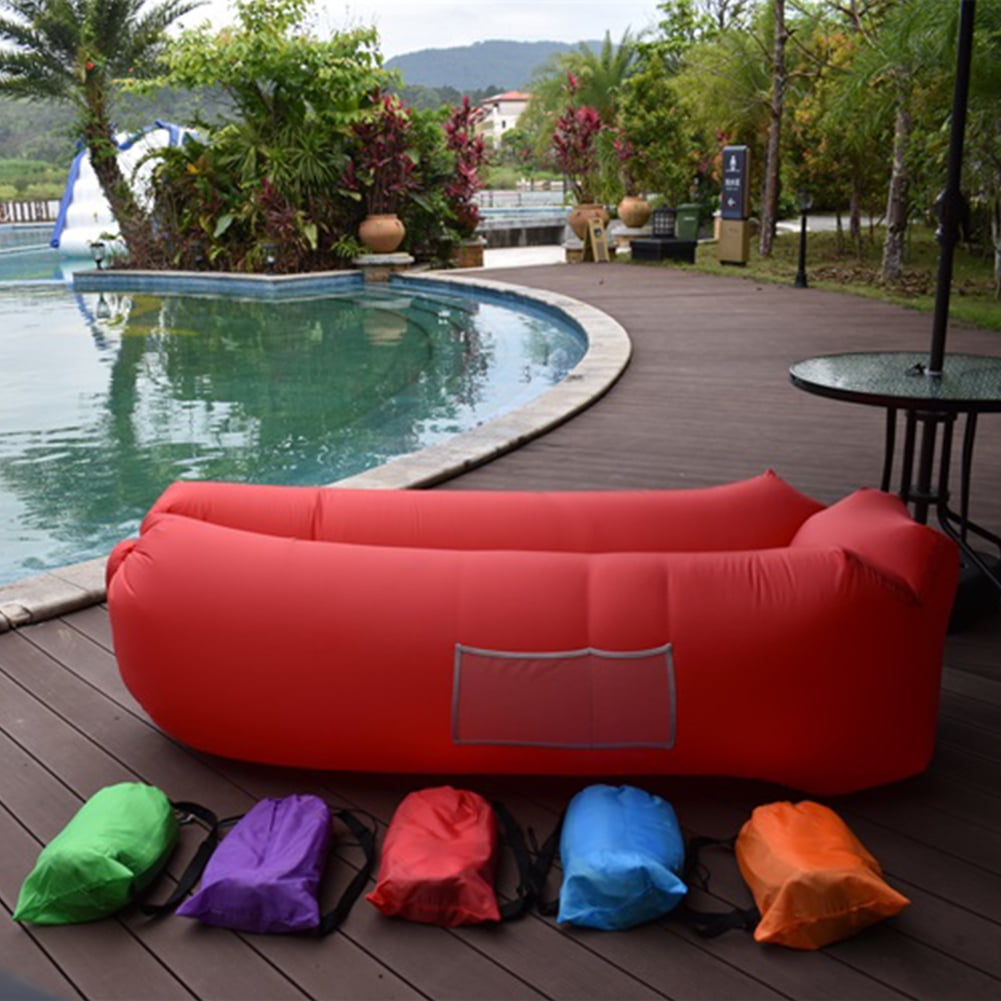Causes of Beach Chair Blow-Ups: Blow Up Beach Chair

Beach chairs, those seemingly simple and ubiquitous companions of summer fun, can sometimes become the source of unexpected frustration and even injury. The sudden and dramatic collapse of a beach chair, often referred to as a “blow-up,” can be a jarring experience, leaving individuals wondering what went wrong. Understanding the factors that contribute to these blow-ups is essential for enjoying a safe and comfortable beach experience.
Materials and Their Weaknesses
The materials used in beach chair construction play a crucial role in their stability and durability. Common materials include aluminum, steel, plastic, and fabric. While these materials offer benefits in terms of portability, affordability, and comfort, they also possess inherent weaknesses that can contribute to blow-ups.
- Aluminum, though lightweight and resistant to corrosion, can be susceptible to fatigue and bending under heavy loads or sudden impacts.
- Steel, while strong and durable, can be prone to rust and corrosion, particularly in coastal environments with salt air.
- Plastic, often used for chair frames and components, can become brittle over time, especially when exposed to extreme temperatures or UV radiation.
- Fabric, used for seating and backrests, can tear or rip under excessive strain or if the seams are poorly constructed.
Stress Factors
Beach chairs are subjected to various types of stress that can lead to blow-ups. Understanding these stressors is crucial for preventing accidents and ensuring a safe beach experience.
- Weight: Exceeding the chair’s weight limit is a common cause of blow-ups. This stress can cause the frame to bend or break, or the fabric to tear.
- Sudden Movement: Rapid movements, such as jumping or leaning back abruptly, can exert sudden forces on the chair’s structure, potentially causing it to collapse.
- Environmental Factors: Exposure to extreme temperatures, humidity, and UV radiation can degrade the materials used in beach chair construction, making them more susceptible to failure.
Real-Life Examples, Blow up beach chair
Anecdotes and real-life examples illustrate the potential dangers of beach chair blow-ups.
“I was relaxing on a beach chair, enjoying the sun, when I suddenly felt the chair buckle beneath me. I landed hard on the sand, injuring my ankle. It turned out the chair’s frame had cracked due to a combination of excessive weight and prolonged exposure to the sun.”
“My friend was sitting on a beach chair when a wave crashed against the shore, sending sand and water flying. The sudden impact caused the chair to collapse, throwing her onto the beach.”
Blow up beach chairs offer portability and convenience, but for ultimate shade and comfort, consider a rio beach chair with canopy. These chairs provide a stable base and a canopy for protection from the sun, allowing you to relax without worrying about overheating.
While blow up chairs might be easier to pack, a rio beach chair with canopy offers a more luxurious and comfortable beach experience.
Blow up beach chairs are convenient and portable, but they lack the durability and timeless appeal of a solid wooden chair. If you’re looking for a more permanent seating solution, consider crafting your own. You’ll need a range of materials, including wood, screws, glue, and finishing products, as outlined in this comprehensive guide on materials needed to make a wooden chair.
While a wooden chair might not be as easy to transport as a blow-up chair, it will provide years of enjoyment and become a cherished piece of furniture.
